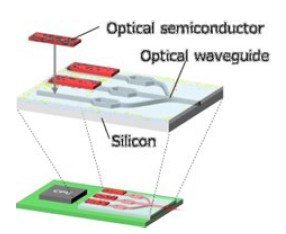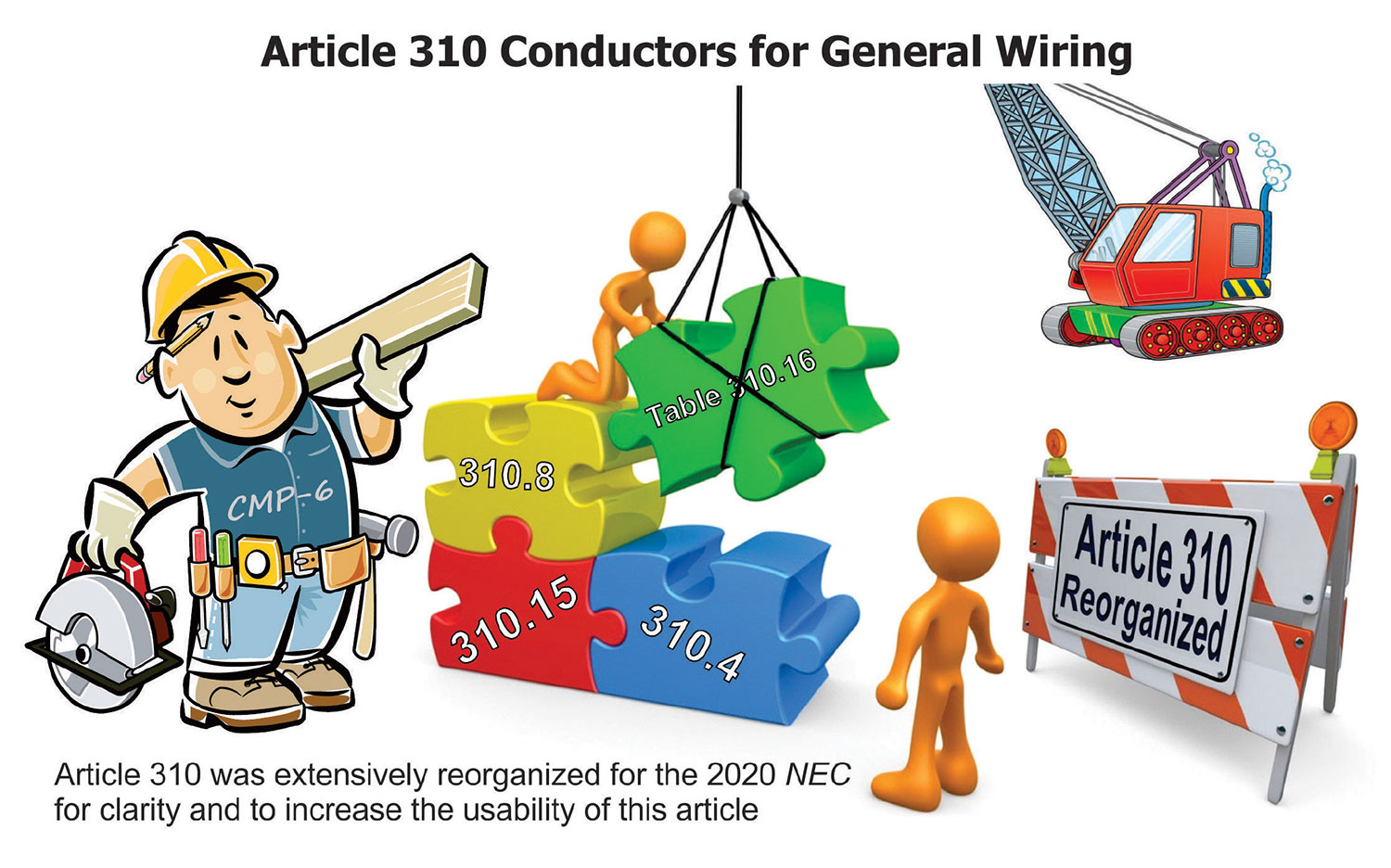Tokyo, Japan, October 23, 2024 – Toray Industries, Inc., announced today that it has developed materials and technologies for mounting indium phosphide (see Glossary note 1) and other optical semiconductors (note 2) used in silicon photonics (note 3) on silicon substrates.
Artificial intelligence-driven demand for high-speed communications is fueling the construction of more data centers, raising concerns about their heavy power demands. This has accelerated the development of optical communications, whose energy losses are lower than those of conventional systems, for long-distance transmissions and short-range (less than one meter) communications within data centers.
This has led to the use of silicon photonics, which forms optical circuits on silicon substrates. The challenge is that this setup requires mounting optical semiconductors made from indium phosphide and other III-V compounds (note 4) onto silicon. Mass transfer technology (note 5) is essential to do this swiftly and in large quantities.
Toray thus joined hands with Toray Engineering Co., Ltd., to develop a material for fast laser transfers of indium phosphide and other optical semiconductors. They also worked on a material to catch transferred chips and bond them directly to silicon substrates and a related mounting process technology.
Toray Engineering has semiconductor bonding and laser mass transfer technologies. These efforts with Toray boosted optical semiconductor bonding speed to 6,000 units per minute (according to Toray research, compared with around four units per minute with conventional flip-chip bonders). This breakthrough should accelerate the application of optical communications within data centers. The two companies will keep collaborating to establish technologies with actual devices by 2025 with a view to early mass production.
Developed Materials and Technology Details
- Transfer materials (impact resistance control)
Toray previously innovated transfer materials for micro LEDs. In this case, the indium phosphide-based optical semiconductors are 640 microns long and 90 microns wide and less than 3 microns thick. While longer and wider than general micro LEDs, the chips are also extremely thin. Toray developed a new material that enables transfer with a single laser irradiation without damaging chips, which should improve yields and throughput.



- Catch material offering improved thermal and chemical resistance
Catch material must not only capture fast-flying chips but also withstand the subsequent direct bonding of these chips to the silicon substrate after chemical cleaning and activating the bonding surface with plasma, pressurizing under high temperature more than 200°C. Release must thereafter be easy. Toray employed years of expertise in designing heat-resistant polymers and controlling adhesive properties to develop a new catch material that makes this possible.
- Process technology (demonstrating laser transfer to direct bonding)
Toray used the developed materials to collaborate with Toray Engineering in developing and demonstrating the entire process, from laser transfer to direct bonding on a silicon substrate. The company has confirmed that a post-bonding positional accuracy of ±2 microns and a rotational deviation of ±1°.
Toray seeks to verify chip operations and use actual devices to establish its technology. It will endeavor to enhance positional accuracy and broaden technology applications to include mass transfers of chips made from other different materials and millimeter-order semiconductor chips.
The company will keep leveraging its core technologies of synthetic organic and polymer chemistry, biotechnology, and nanotechnology to innovate materials in keeping with its commitment to delivering new value and contributing to social progress.
Toray developed part of this technology with a grant for the JPNP 20017 project of the New Energy and Industrial Technology Development Organization. This R&D initiative project aims to solidify the foundations of post-5G information and communications systems.
Glossary
Indium phosphide is a III-V compound semiconductor made from indium and phosphorus.
Optical semiconductors convert light and electricity, and include LEDs, semiconductor lasers, and semiconductor optical detectors. They serve extensively in such fields as communications, display technology, and sensors.
Silicon photonics technology integrates such optical devices as optical waveguides, optical switches, optical modulators, and photodetectors on silicon substrates.
A III-V compound semiconductor is made from Group III and Group V elements in the periodic table, applications including high-frequency devices, LEDs, and semiconductor lasers.
Mass transfer technology shifts a large number of chips to a substrate at once and accurately positions them.











Find Us on Socials